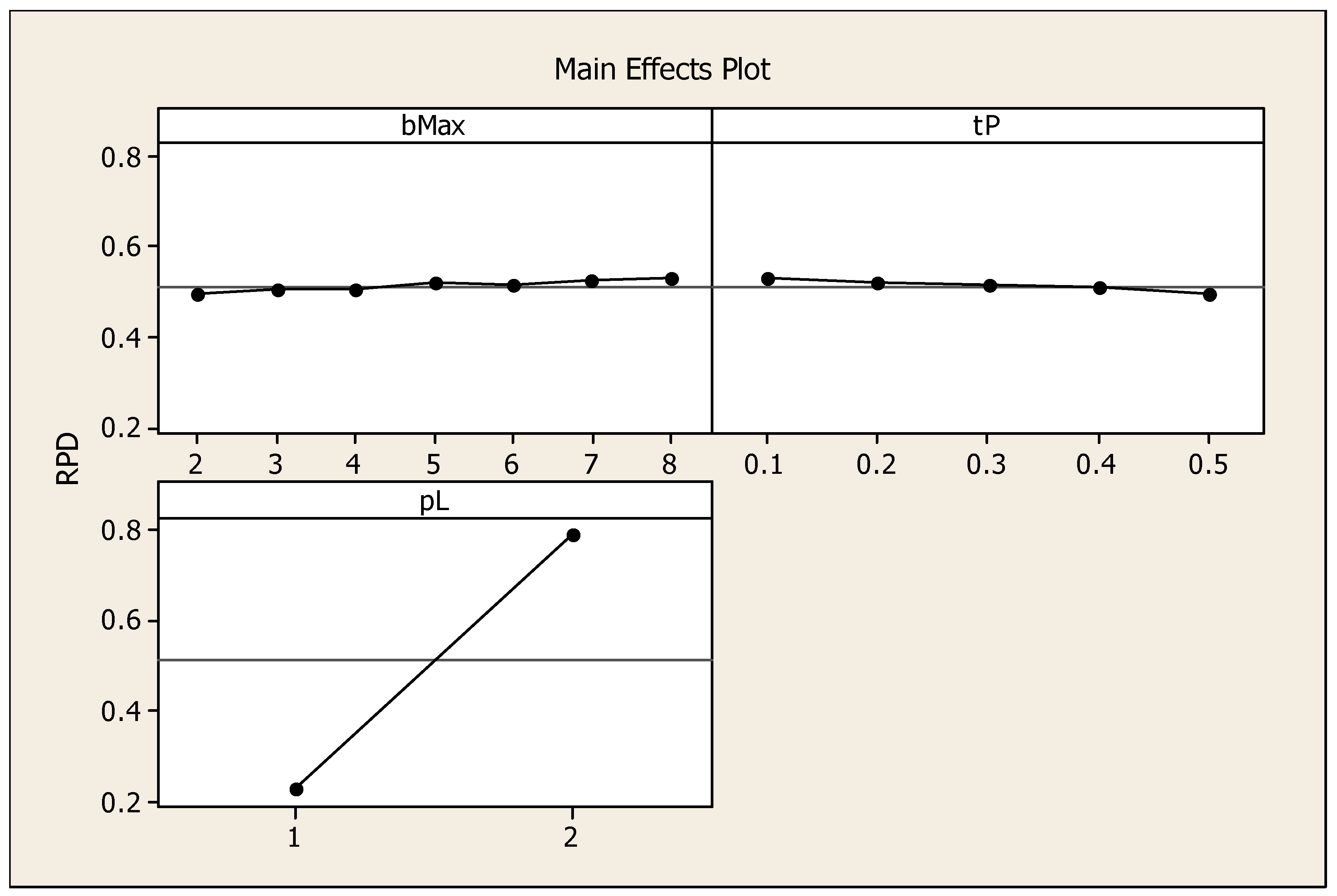

In turn, such pruning during search might speed up reaching a solution, at the risk of selecting a suboptimal one. This suggests that users’ cognitive attitudes could have an input at the level of heuristic functions calculation, hence influencing the amount of pruning associated with a heuristic. Recently, a new vision of heuristics has emerged within AI, one which emphasizes pruning as the most important function of heuristics, rather than providing information guiding towards an optimal solution (Sturtevant et al., 2012). One mechanism that emerged as a good candidate to bridge the gap between cognitive mechanisms and AI systems is heuristic functions, which have a long history in cognitive science and AI.

Such a research program should aim at endowing humans with high-level control abilities sufficient to steer the flow of AI computations, irrespective of their low-level details, while preserving an understanding of the AI computation’s goal. The research presented in this article explores new techniques through which the mental attitudes of users could be used to influence, in a principled way, the computational behavior of an AI system using a BCI. However, it has recently been suggested that BCI-based human augmentation could be used to address the problem of human control over autonomous Artificial Intelligence (AI) systems (Kennedy, 2014), which several authors have identified as one of the major societal challenges for the future (Kurzweil, 2005 Bostrom, 2014).

Our results establish the ability of subjects to intervene in heuristic search progression, with effects which are commensurate to their control of PFC asymmetry: this opens the way to new mechanisms for the implementation of hybrid cognitive systems.īrain-Computer Interfaces (BCI) have been a major component of human augmentation research (Schmorrow, 2005), in which intelligent processing was harnessed to extend human information processing abilities. In both experiments, subjects were able to speed up the computation of a solution through a reduction of search space in WA*. We illustrate this approach through two different experiments, one based on solving 8-puzzle configurations, and the other on path planning. This is achieved through mapping the PFC asymmetry value onto the dynamic weighting parameter of the weighted A* (WA*) algorithm. Since PFC asymmetry is accessible through fNIRS, we designed a BCI paradigm in which users vary their PFC asymmetry through NF during heuristic search tasks, resulting in faster solutions. It has been established that Prefrontal Cortex (PFC) asymmetry is strongly correlated to motivational dispositions and results anticipation, such as approach or even risk-taking, and that this asymmetry is amenable to Neurofeedback (NF) control. We use recent results in affective BCI to capture a BCI signal, which is indicative of a compatible mental disposition in the user. From a system perspective, we use weighted variants of the A* algorithm which have an ability to provide faster, albeit suboptimal solutions. We investigate how users’ mental disposition can be harnessed to influence the performance of heuristic search algorithm through a mechanism of precision-complexity exchange. The rationale is that heuristic search is not only a basic AI mechanism but also one still at the heart of many different AI systems. In this article, we introduce a basic mechanism for the control of heuristic search through fNIRS-based BCI.

The ability to develop Brain-Computer Interfaces (BCI) to Intelligent Systems would offer new perspectives in terms of human supervision of complex Artificial Intelligence (AI) systems, as well as supporting new types of applications.


 0 kommentar(er)
0 kommentar(er)
